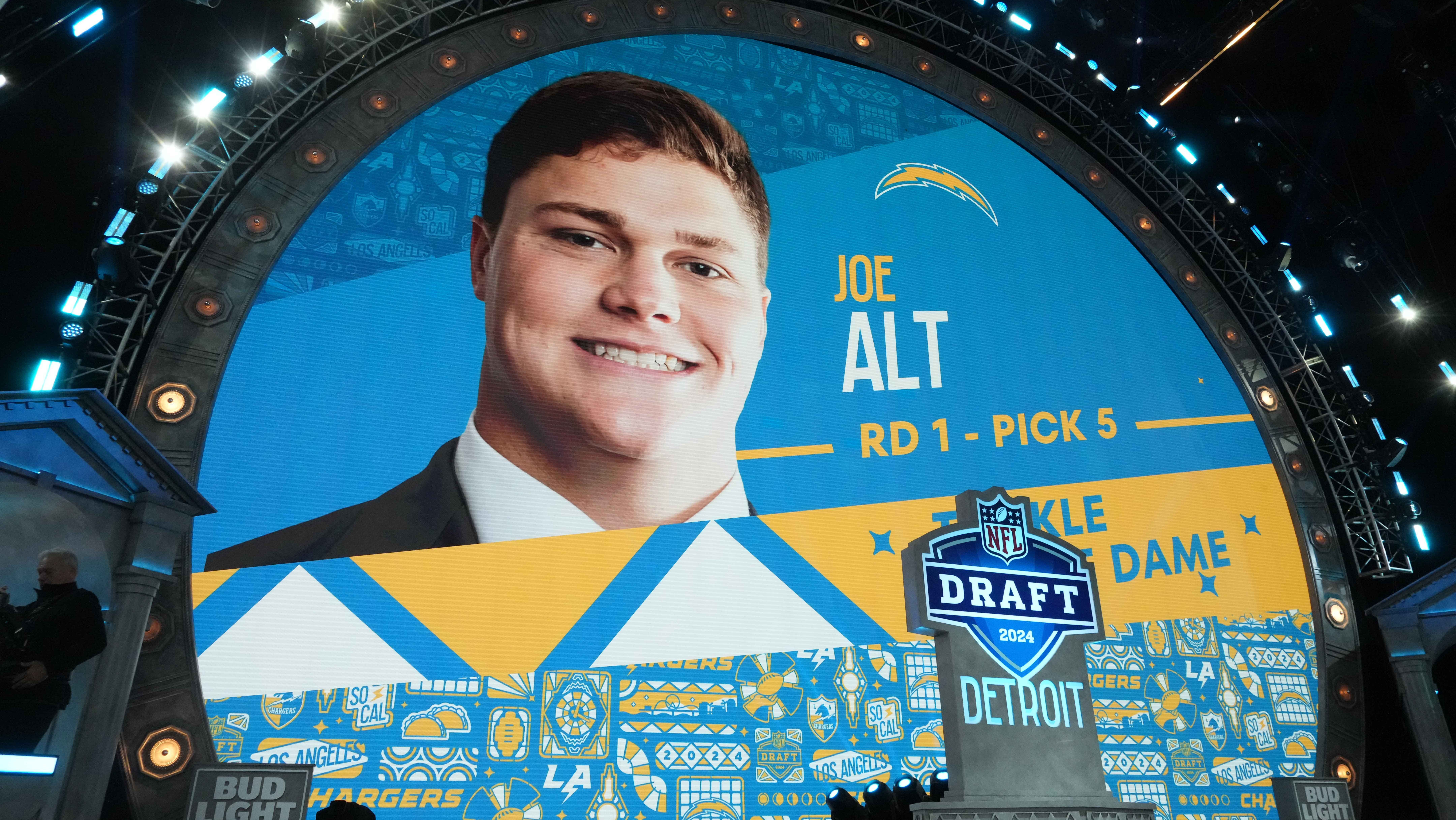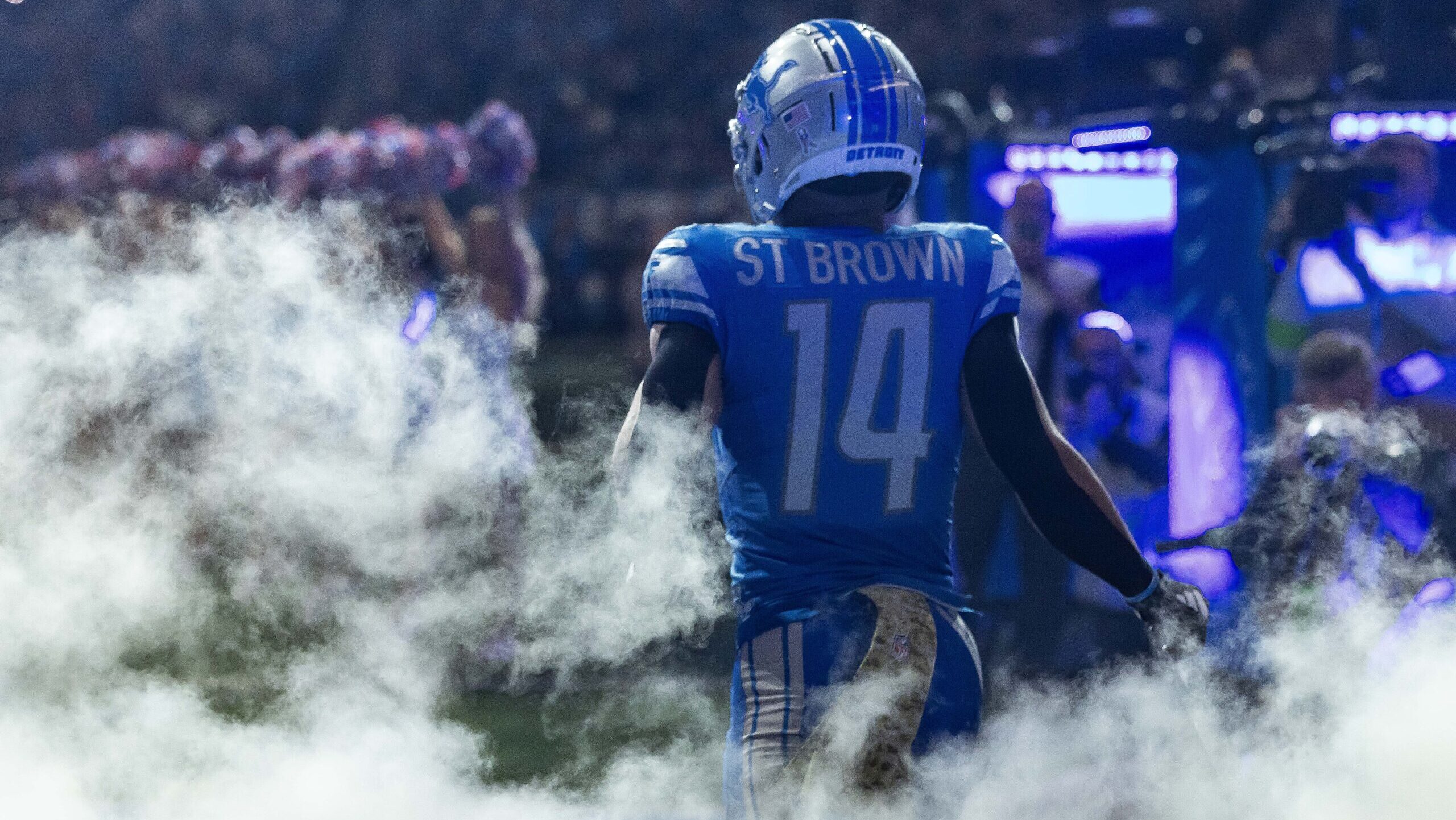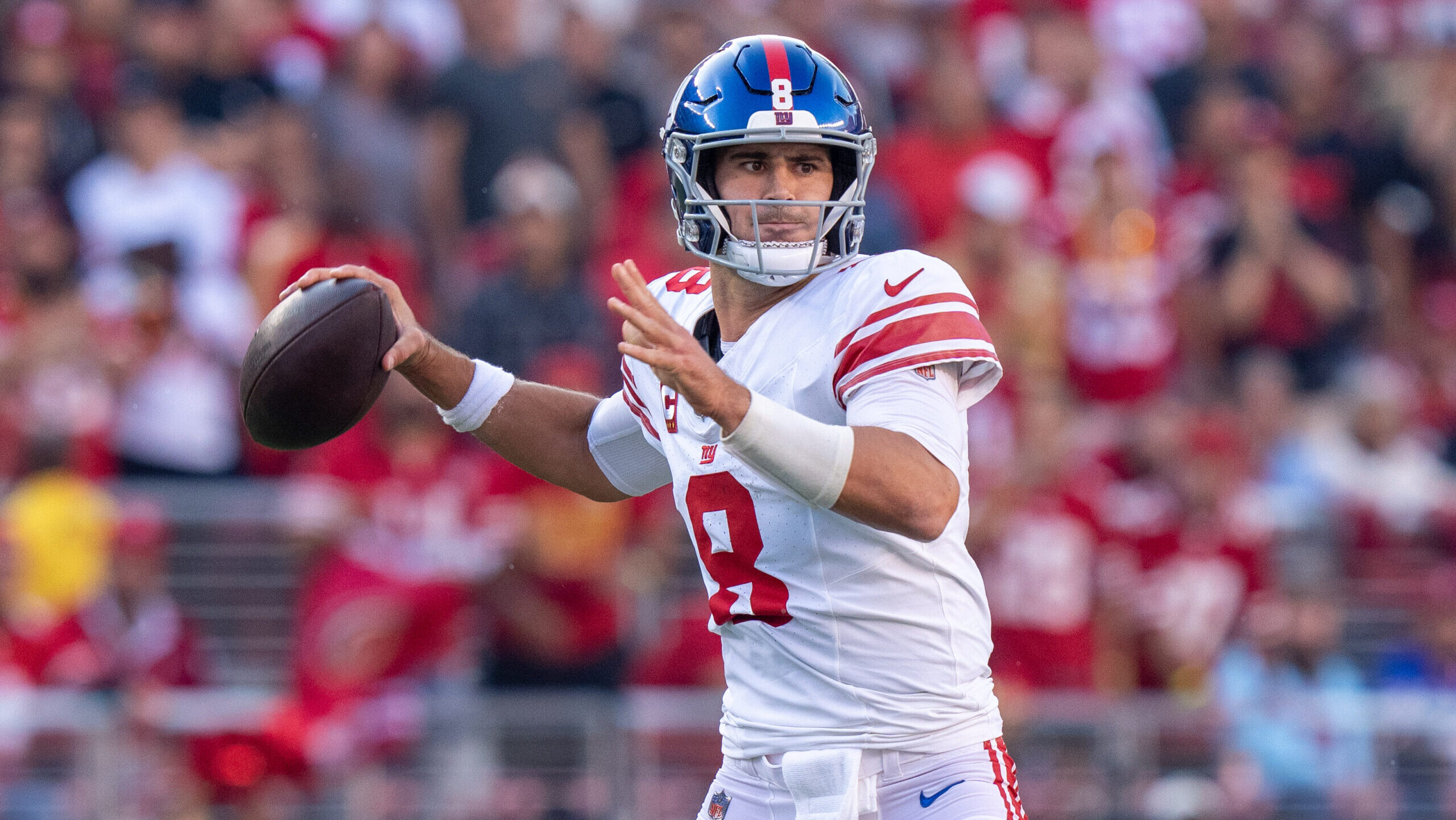Analysis
6/24/23
7 min read
Hiring Coaches, Getting Players for an NFL Expansion Team
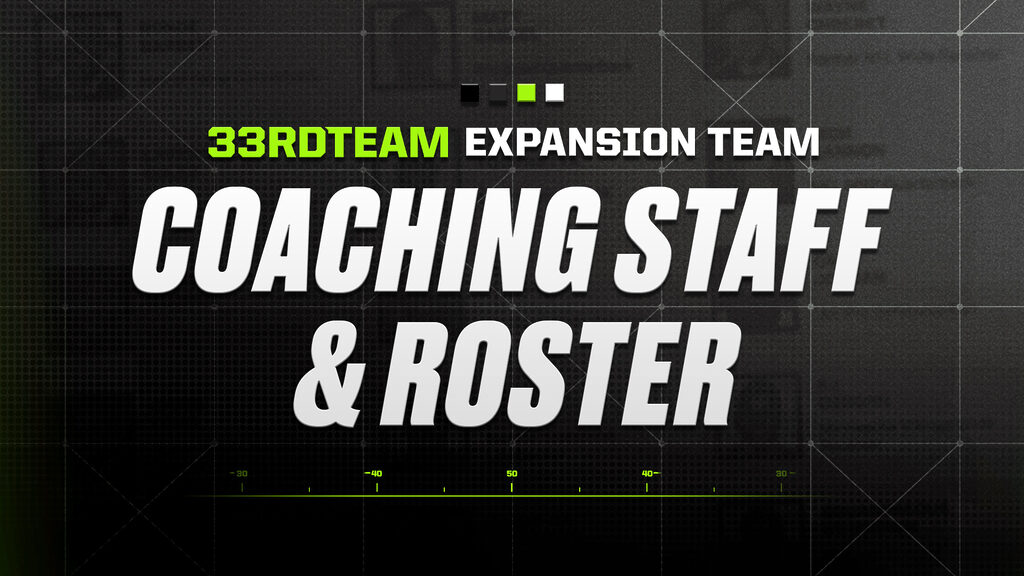
This is the last of three pieces outlining the necessary steps for the formation of a 33rd expansion team. This installment focuses on putting together the roster and coaching staff.
>>MORE EXPANSION TEAM: Introduction | Team Infrastructure | Football Operations | Expansion Draft | Fantasy Outlook | Projected Win Total |
Now that we have gotten the infrastructure and the front office staff of the 33rd team on board, the fun begins.
While the pro scouting staff is getting ready for the expansion draft and the college scouts are on the trail of getting an early look at the collegiate prospects, the general manager and his staff are engaged in the process that will largely determine the next five to six years of the franchise’s growth.
The first task is to finalize negotiations with the NFL office on expansion draft rules, plus the number of choices you will have and the rounds in which they will fall in the next two college drafts. The second job is to choose a head coach.
No matter how good a job your scouts do, the expansion draft will produce only marginal starters at best. Why? Because those are the kinds of players the clubs will place in the expansion pool. They will likely be high-salaried, declining veterans who are on the back end of their careers.
The Houston expansion draft in 2002 is the one we have data on. The league could always amend it, but let’s use it as our template.
The Houston Texans could select a minimum of 30 eligible players or a maximum of 42. They had to extend a guaranteed tender, which counted immediately on the salary cap, to each player chosen. The league mandated the expansion draftees would use up at least 38 percent of Houston’s cap. This is called an imputed cap.
Acquiring Players
With today’s cap at $210 million, the expansion pool will use up roughly $80 million, leaving $130 million to spend on draft choices, undrafted free agents, injured reserve, practice squad and, most importantly, unrestricted free agents. The rookies, IR, practice squad, etc., take up about $20 million of cap space, leaving $110 million on unrestricted free agents.
At today’s prices, that would net the club, perhaps, 10 or so quality starters over and above what they got from the collegiate and expansion drafts. This seems generous to me. I would expect the owners to squeeze us a bit more, so let’s call the imputed cap 45 percent, leaving roughly $96 million to be spent on UFAs. My colleague, Andy Benoit, will explain the actual mechanics of the expansion draft in a separate article.
By comparison, when the Carolina Panthers and Jacksonville Jaguars entered the league in 1994, we negotiated only dollars actually spent on players to the cap. There was no imputed cap. We also received an extra draft choice in all seven rounds of the upcoming college draft. The extra choice was the last pick of each round. All picks were tradeable. With maximum dollars available on our cap, and 14 draft choices, we were in clover.
Many owners and general managers felt this plan gave us too much too soon. That proved correct, as both the Panthers and Jaguars made it to the conference championship game in their second year. This was a record for pro sports that was only recently broken by the NHL’s Las Vegas Golden Knights. The NFL owners fixed this oversight in the plan that brought the Cleveland Browns (back) into the league in 1999.
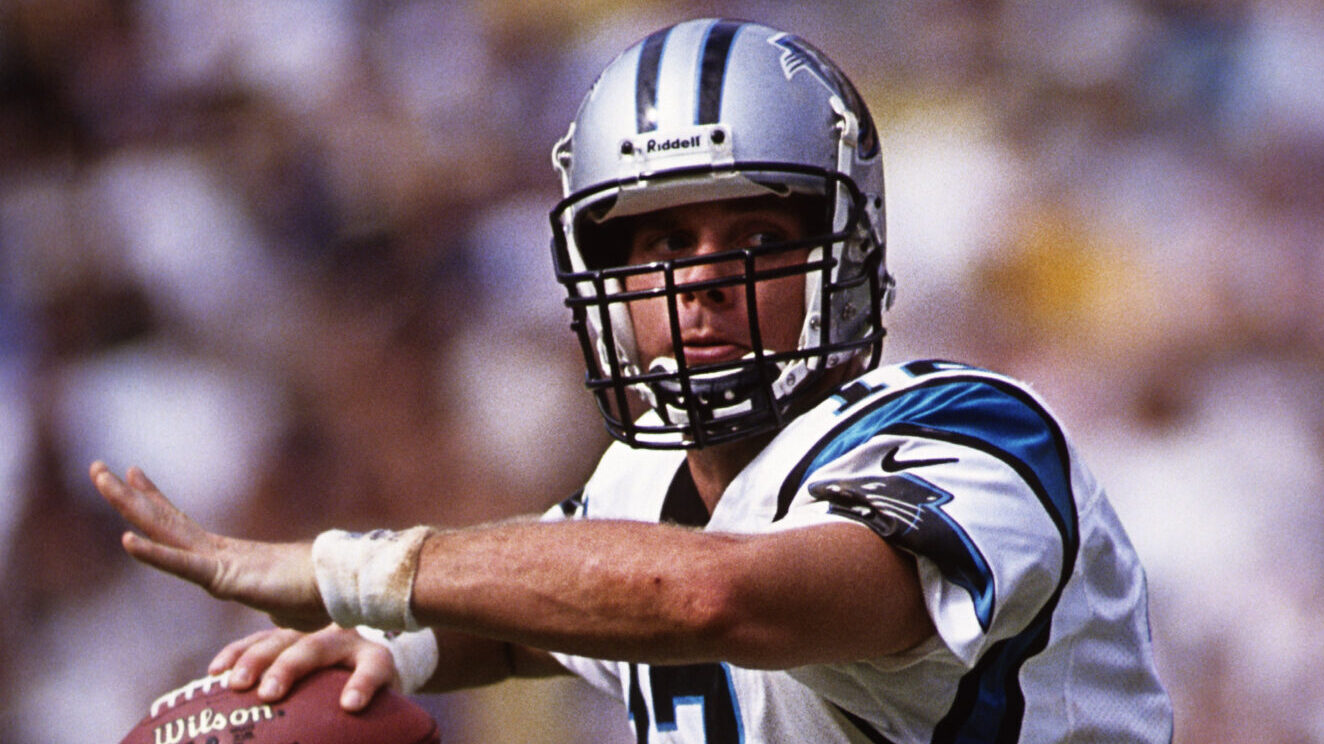
Find Free Agent Fits
In Carolina, six players out of the 33 expansion picks were contributors for us. We hit the jackpot in free agency. We built a veteran defense that made us immediately competitive. Our 3-4 defense had every starter, but two come to us via free agency in ’95 and ’96. In addition, our punter, kicker, long-snapper, along with our Pro Bowl kick returner Michael Bates, joined us via the free-agent process.
Kicker John Kasay, our first free-agent signing, still holds the record as the longest-serving Panther. Though we built the offense largely through the collegiate draft — headlined by our first-round pick, quarterback Kerry Collins — Pro Bowl tight end Wesley Walls and offensive tackle Greg Skrepenak were free-agent signings.
Many owners and GMs were vocal about the Panthers being competitive too soon. It didn’t happen again when the league expanded to Cleveland and Houston, and it’s safe to say it wouldn’t happen with our mythical 33rd team.
From my experience, because of today’s market, the extra collegiate draft choices would be my top negotiating priority. I would use the expansion draft to line up with as many low-priced starter types as possible.
Unrestricted free agency will add players at premium positions, such as center, right tackle, edge rusher, interior defensive rusher, kicker, tight end and wide receiver. The quarterback, running back, No. 1 wide receiver, left tackle, No. 1 edge rusher, both cornerbacks and a dynamic every-down linebacker and safety will likely come via the collegiate draft, hence the greater value of those picks.
The dispersion of these players will be determined by the selection of the head coach and his coordinators. Let’s turn our attention to that task. A deep dive into coaching hiring would take far more space and time than we have here. I’ll cover only the basics.
Hiring a Head Coach
A successful head coach must have the following personality traits: Teaching, motivational, organizational and management ability. He must possess acute emotional intelligence and be an excellent evaluator of personnel. The candidate must have a vision for how the finished product will look and sell that vision to ownership, staff, fans and players.
He must have expertise in a specific system of football and an understanding of how all three sides of the ball — offense, defense and special teams — mesh with personnel availability, the salary cap, and his club’s financial operational approach. This coach must be a superior strategist, tactician and game manager with a deep understanding of what drives professional athletes.
He must know the league in detail. Because this is likely to be a rocky start, he must be resilient, tough-minded and focused intensely on winning as his principal priority. With an expansion franchise, the head coach, rather than any individual player, will be “the face of the franchise.” As a result, exceptional communication and media skills are a must.
Because of the daunting task of dealing with the chaos and uncertainty of an expansion franchise, I would consider only candidates with extensive NFL coaching experience.
Build Around Scheme
A large part of the consideration of a head coaching hire is the quality of and the systems employed by his coordinator choices. This refers specifically to the sides of the ball on which the head coach is not the primary expert.
For example, if the head man is an expert on and will employ a version of the West Coast offense, he will need to invest heavily in personnel and dollars on that side of the ball, particularly in the quarterback and other “skill” positions.
As a result, you will need defensive and special teams coordinators whose systems can operate efficiently without maximum investment in their platoons. The reverse would be true if you hired a former defensive or special teams coordinator as the head coach.
This is not to say there is any preferred way or system for a head-coaching hire. Get the best man regardless of system and then adjust your personnel and cap strategies from there. By the way, nowhere did you hear the phrase “play caller.” It is of no consequence and is largely a creation of the media.
In Carolina, Dom Capers possessed all the head-coaching qualities outlined above in abundance. He was an expert in the zone-blitz system as the defensive coordinator of the Pittsburgh Steelers. The defense was Dom’s priority. He meticulously supervised the creation and installation of the defensive game plans but left the play calling to coordinator Vic Fangio. Dom smartly and successfully managed game strategy and personnel. The results spoke for themselves.
Now that you know what goes into constructing the infrastructure and operations staff of an expansion franchise, you’re prepared to make the most important call of all: Selecting the players. Good luck.
As told to Vic Carucci





